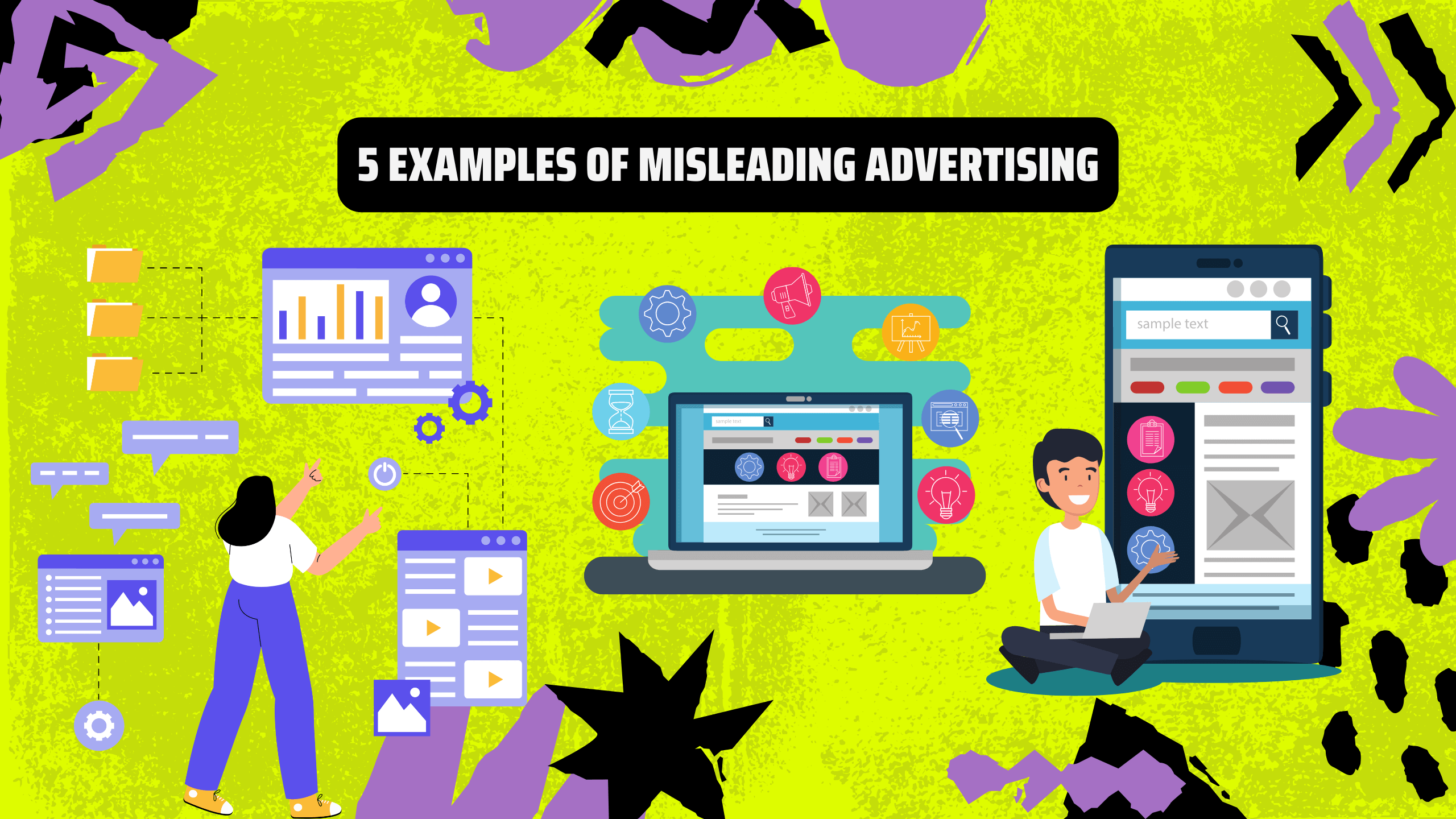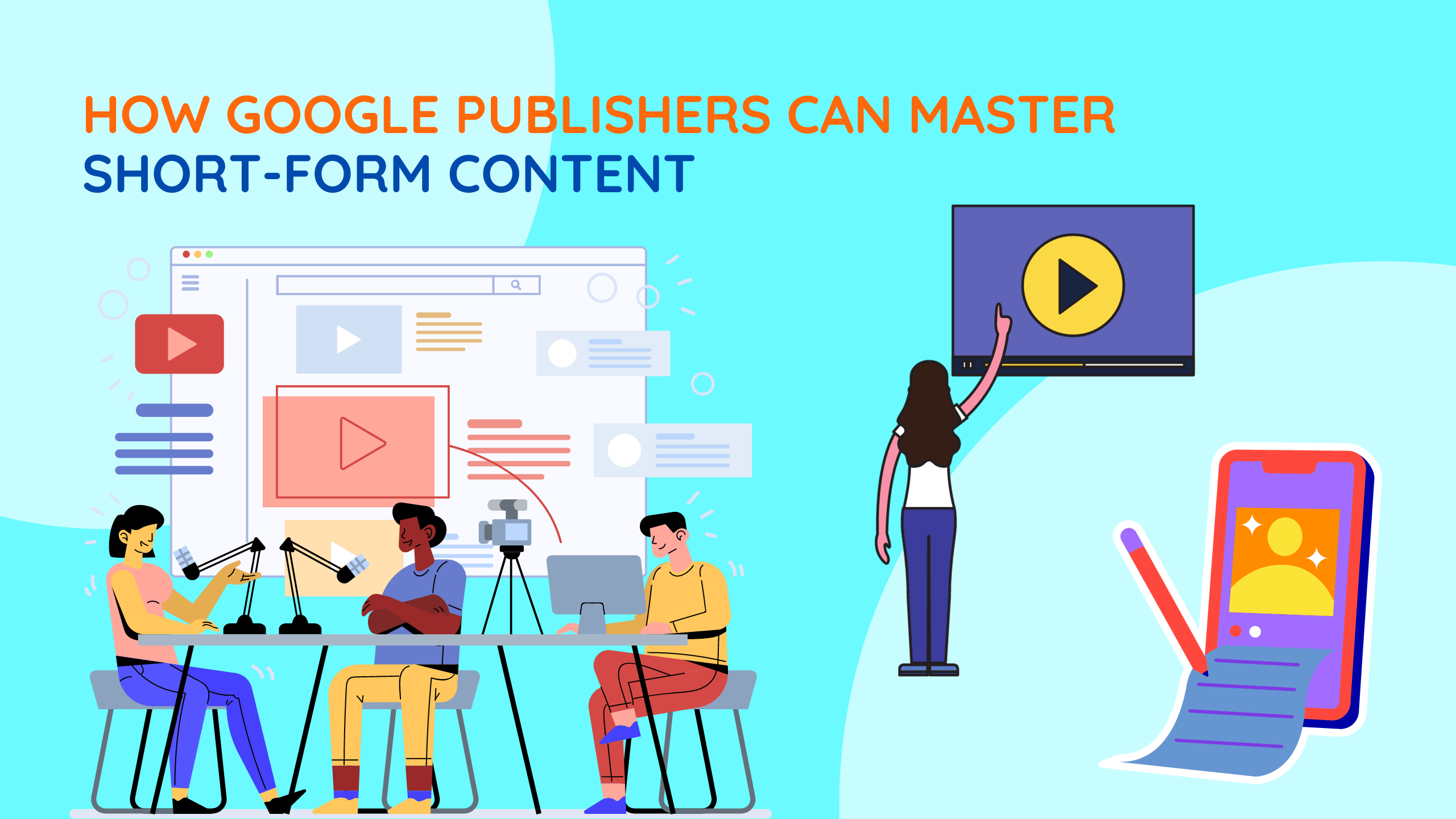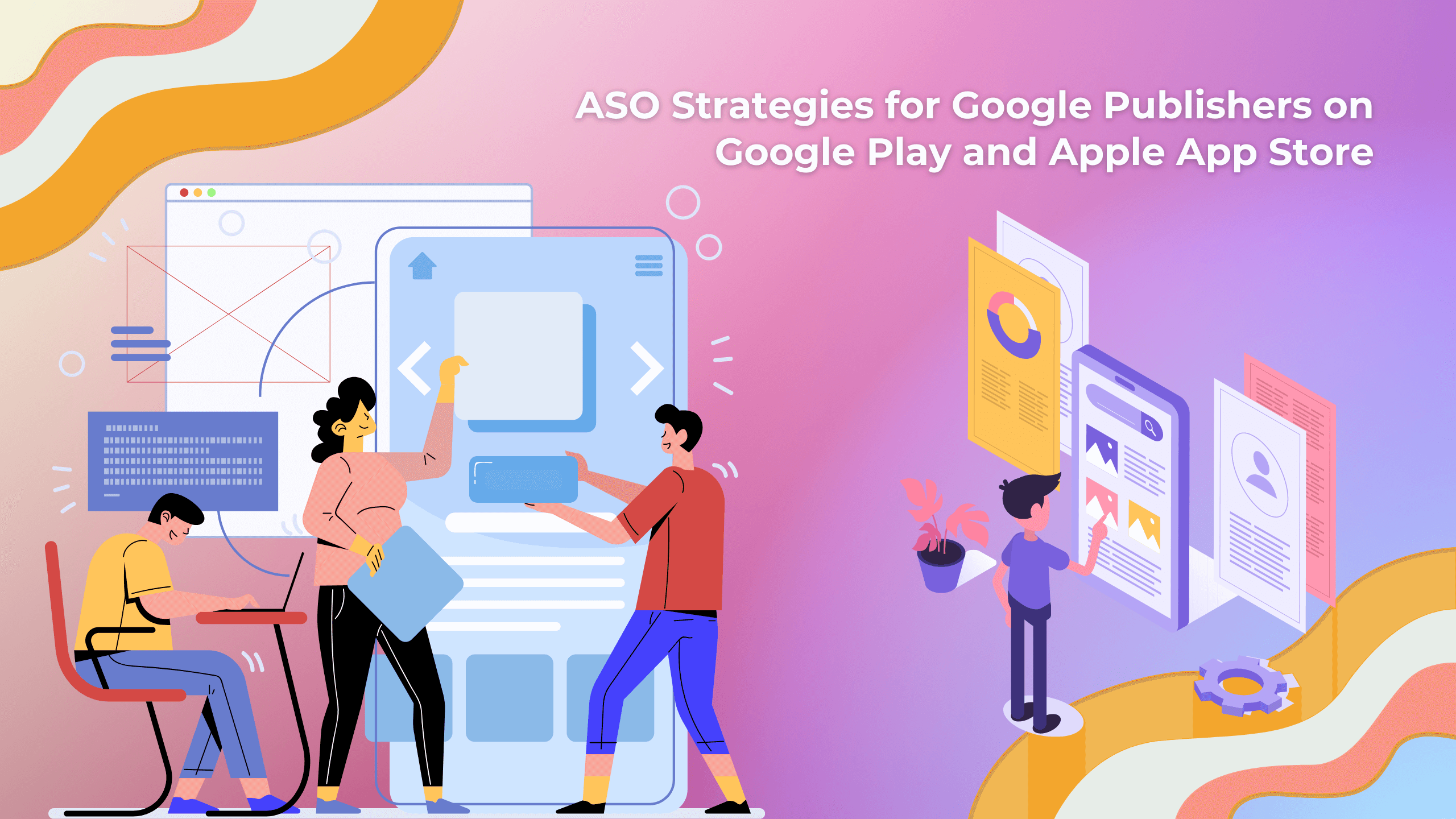In today’s fast-paced digital advertising arena, ensuring the safety and credibility of your brand is non-negotiable. This is where the concept of ad verification steps in. Ad verification isn’t just a buzzword; it’s a strategic solution that shields publishers from potential pitfalls and safeguards their reputations. In this blog, we’ll find out together what you need to know about ad verification, exploring its pivotal role, key components, benefits, and proactive strategies for seamless implementation.
I. What is Ad Verification?
Ad verification is a strategic process within the realm of digital advertising that aims to ensure the authenticity, accuracy, and efficiency of online advertising campaigns. In an age where digital ads reach audiences across various platforms, devices, and websites, ad verification becomes a crucial safeguard against fraudulent activities, improper ad placements, and inadequate visibility. It’s the proactive measure that marketers and publishers employ to guarantee that their ads are seen by the right audience, in the right context, and without falling prey to fraudulent practices.
.png)
II. How Does Ad Verification Work?
Ad verification operates through a combination of sophisticated technology, data analysis, and continuous monitoring. At its core, it involves the thorough examination of every facet of an advertising campaign, right from its initiation to its deployment. This includes scrutinizing ad placements to ensure they align with brand guidelines, checking the context of the webpage where the ad appears to maintain brand safety, and verifying that the ad meets the viewability standards by reaching the intended audience. Ad verification tools also delve into identifying and combating fraudulent activities, such as click fraud, ad stacking, and impression laundering. Through real-time data analysis, algorithms, and machine learning, ad verification platforms detect irregular patterns, flag suspicious activities, and provide actionable insights to optimize campaign performance.
In essence, ad verification functions as a vigilant guard that stands between advertisers and potential pitfalls in the digital advertising landscape. It ensures that every advertising dollar is maximized, brand integrity is maintained, and campaigns are executed with precision, ultimately contributing to a more trustworthy and effective online advertising ecosystem.
III. Unveiling the Pillars of Ad Verification:
Ad verification emerges as the steadfast guardian, ensuring that your brand’s message reaches the right audience in the right context while shielding it from the perilous pitfalls of online advertising. There are four core pillars that ad verification fortifies, acting as the sentinel that publishers need to embrace.
1. Fraudulent Activity:
From invalid traffic to click hijacks, fraudulent activities have plagued the digital advertising landscape for years, resulting in financial losses and eroded trust. Statista estimates that ad fraud leads to daily losses exceeding $200 million. Various manifestations of ad fraud, such as ad stacking, impression laundering, and attribution manipulation, have rendered the fight against it challenging. Ad verification stands as the defence mechanism that meticulously scrutinizes every ad, ensuring that your campaign’s resources aren’t squandered on deceitful practices.
.png)
2. Brand Safety and Suitability:
Preserving your brand’s reputation is paramount, and ad verification serves as the guardian of your brand’s online identity. It ensures that your ads don’t unwittingly find themselves in an unsuitable environment, damaging your brand’s image. Contextual settings, such as keywords, texts, and images, along with the broader niche of the website, are considered to prevent your ads from appearing alongside content that contradicts your brand ethos. Ad verification’s classifications, such as content supporting violence, adult content, and profanity, empower you to blacklist undesirable placements and maintain your brand’s sanctity.
3. Viewability:
An ad’s efficacy lies not only in its content but also in its visibility. Viewability gauges whether an ad is placed in a visible spot where the audience can engage with it effectively. This metric, measured against predefined placement parameters, ensures that your ad’s impressions are translated into engagement. While the specifics of good viewability may vary across platforms, the essence remains the same – your ad should capture the audience’s attention and deliver your message seamlessly.
4. Geo-Targeting:
Relevance is the cornerstone of effective advertising, and geo-targeting leverages location verification to deliver personalized ads to a specific audience. Ad verification harnesses IP addresses to confirm whether your ad was seen by the intended audience within the designated location. This strategic approach empowers you to tailor your campaigns based on geographical insights, ensuring that your message resonates with the right people in the right place.
IV. Why is ad verification important to Google’s Publishers?
Ad verification holds significant importance for Google’s publishers due to its role in safeguarding their reputation, revenue, and overall success in the digital advertising landscape. As publishers who rely on displaying ads on their websites or apps, their primary revenue source stems from ad placements. Ad verification ensures that the ads appearing on their platforms are genuine, viewable, and aligned with their brand values.
Firstly, ad verification protects publishers from potential revenue losses caused by fraudulent activities. These activities, like ad stacking or impression laundering, can inflate ad metrics, leading to skewed results and decreased advertiser trust. By utilizing ad verification, publishers can identify and mitigate such fraudulent practices, ensuring that their reported data accurately represents their actual ad performance.
.png)
Secondly, brand safety is a critical concern for publishers. Placing ads alongside inappropriate or harmful content can tarnish a publisher’s reputation and brand image. Ad verification tools help publishers ensure that the content surrounding their ads is contextually suitable, avoiding any negative associations that might damage their brand perception.
Moreover, ad verification directly impacts the user experience on a publisher’s platform. Ads that aren’t viewable or take too long to load can frustrate users, leading to higher bounce rates and diminished engagement. Ad verification helps publishers maintain a positive user experience by ensuring that ads are delivered promptly and are viewable by their audience.
For Google’s publishers, who are part of an expansive digital advertising ecosystem, ad verification becomes even more critical. It helps them maintain credibility with advertisers and builds a trustworthy environment for their users. Ultimately, by embracing ad verification practices, Google’s publishers can enhance their ad quality, user experience, and revenue streams while fostering transparency and reliability in the digital advertising realm.
Wrap it up:
Ad verification isn’t an optional feature; it’s the guardian that ensures your brand’s integrity remains unblemished. By embracing this practice, publishers fortify their brands against risks, cultivate consumer trust, and navigate the intricate web of digital advertising with confidence. So, make ad verification your strategic ally and watch as your brand’s reputation soars to new heights in the digital domain.











